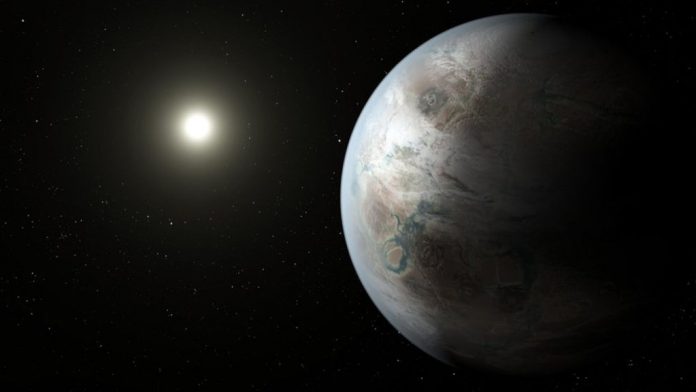Until recently there were 4,000 exoplanets that have been discovered and confirmed by scientists as exoplanets, with nearly 3,000 more exoplanets detections that need further observations in order to be confirmed as real or not.
These discoveries were made possible thanks to the explosion of findings from searches with telescopes on the ground and in space over the last 25 years. Since the first exoplanets were discovered in the early 1990s, the number has kept growing.
Plus, earlier this month, astronomers from the Exoplanet Team led by the Observatoire de Paris, announced that the list of known exoplanets has now grown to 4,001. The Observatory also runs the Extrasolar Planets Encyclopedia which registers the known exoplanets. Dr Françoise Roques from the observatory stated:
“The great news is that we shift from a starry sky to a planetary sky, as there are more planets than stars. And also that the planetary systems have great diversity of structure, with planets orbiting zero, one, two… stars, or other planets.”
Out of all these exoplanets it seems that about 49 of them are possibly habitable, according to Abel Mendez, director of the Planetary Habitability Laboratory (PHL) of the University of Puerto Rico at Arecibo. When considering a planet habitable it means it is capable of hosting life and its surface is the right temperature for liquid water – implying it is on a stable orbit around a star and at a distance from it that isn’t too close or too far. Among the most popular exoplanets that could support life, the most popular is the planet called Kepler-452b.










